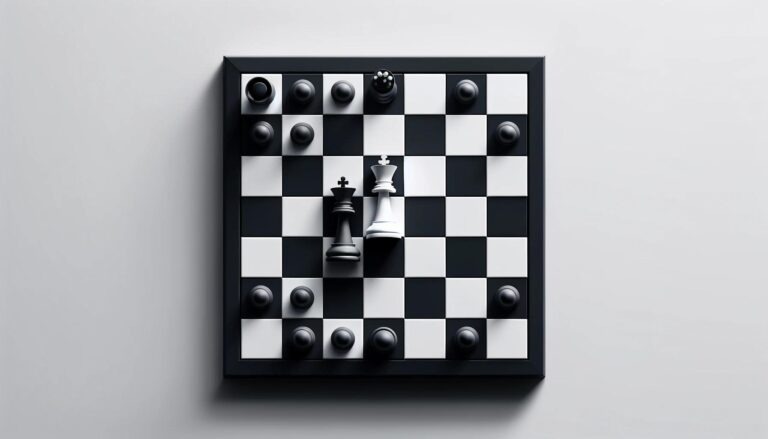In chess, strategy often revolves around subtle advantages that can be converted into victory. One such strategic edge is the pawn majority—a scenario where one player has more pawns on one side of the board than their opponent. This article explores how to leverage a pawn majority to gain a superior position and steer the game towards a win. Understanding and utilizing this concept can significantly enhance your gameplay, turning seemingly minor advantages into decisive factors.
Understanding Pawn Majorities
A pawn majority occurs when you have more pawns than your opponent in a particular section of the board—typically divided between the kingside and queenside. This imbalance can lead to several strategic benefits. Firstly, a pawn majority can create the potential for creating a passed pawn—a pawn with no opposing pawns to prevent it from advancing to the eighth rank. Secondly, it can restrict the mobility of the opponent’s pieces, particularly if they must block or capture advancing pawns.
Key Concepts
- Passed Pawn Creation: The most direct method of leveraging a pawn majority is by pushing these pawns forward to form a passed pawn. This strategy pressures your opponent and can divert their resources, weakening their overall position.
- King Safety: A pawn majority on the kingside can be particularly threatening as it directly impacts the safety of the opponent’s king, forcing them to defend rather than pursuing their own offensive strategies.
Implementing Strategies with a Pawn Majority
Central Control and Piece Coordination
Control of the center remains a pivotal aspect of any game strategy. A pawn majority can help achieve this by using the surplus pawns to gain space and limit the opponent’s piece activity. Proper coordination of pieces to support advancing pawns can further amplify this advantage, turning the pawn majority into a dynamic force.
Transitioning to the Endgame
As games progress towards the endgame, the importance of a pawn majority often increases. The ability to create a passed pawn becomes a critical goal. Strategic sacrifices of other pawns or minor pieces might be necessary to clear the path or distract the opponent, thereby maximizing the impact of the pawn majority.
Case Studies and Historical Examples
Reviewing historical games where grandmasters effectively utilized pawn majorities can provide invaluable insights. For instance, the famous Capablanca’s endgames often demonstrated how a slight majority on the queenside could be methodically transformed into a winning advantage, showcasing impeccable timing and pawn maneuvering.
Practical Exercises
Setting up board positions that feature pawn majorities and playing out various scenarios can help internalize strategies. Experiment with different types of majorities (e.g., fixed vs. mobile, kingside vs. queenside) to understand their nuances and potential.
Common Mistakes and How to Avoid Them
While having a pawn majority is an advantage, mishandling it can lead to vulnerabilities. One common mistake is over-pushing pawns without adequate support from other pieces, leading to weaknesses that an opponent can exploit. Balancing pawn advances with solid piece development and maintaining pawn structure integrity is crucial.
Conclusion
A pawn majority is a powerful tool in chess that, when leveraged correctly, can decisively influence the game’s outcome. It requires a nuanced understanding of pawn structure, strategic foresight, and meticulous execution. By mastering this concept, you can enhance your strategic depth and improve your overall chess performance.







